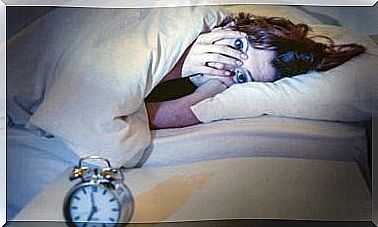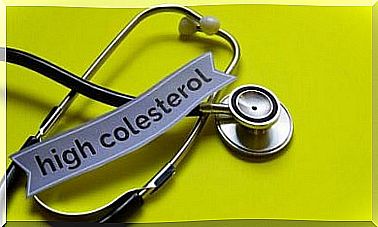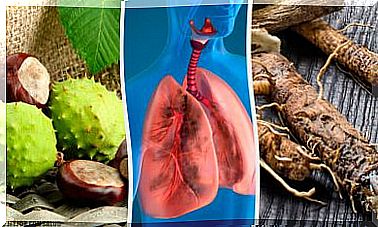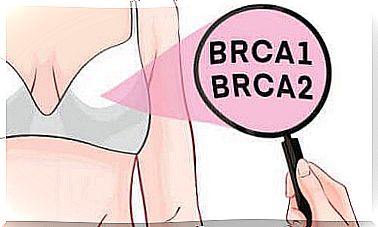Trigger Points: What Are They And How Are They Treated?
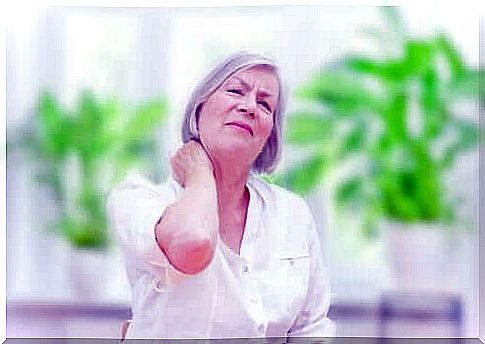
What are trigger points ? They are part of the myofascial syndrome and are increasingly detected. In extreme cases, they do not allow us to function normally.
Muscle pain is a common problem among adults, both in the emergency room and in the doctor’s office. Let’s see what myofascial syndrome is, what the trigger points are, and what the current treatment options are.
Skeletal muscles account for almost 50% of an adult’s body weight, which is why muscle pains are often the cause of frequent ailments. Trigger points are a fundamental part of explaining the myofascial syndrome and refer to painful point areas of the muscles.
What are trigger points?
A trigger point is a small area of focal irritability in a muscle. This means it is a tiny area compared to the rest of the muscle that is especially painful under pressure.
Consequently, myofascial syndrome is a syndrome of muscle pain caused by trigger points and their stimulation. In other words, we cannot consider the team without identifying where these painful areas are and what they are responding to.
In myofascial syndrome, examination of the muscle reveals pinpoint limited pain that is part of a larger palpable area. This area is usually tight, as is the case with contracture of muscle fibers.
The designated area of pain is trigger points. There are at least 255 trigger points located in different muscles in the body. No part of the body is free of them.
The patient himself may relate to where this small painful area is under pressure, or he may feel pain spontaneously. Nobody knows your body better than you do, and that’s one of the rules for dealing with chronic ailments.
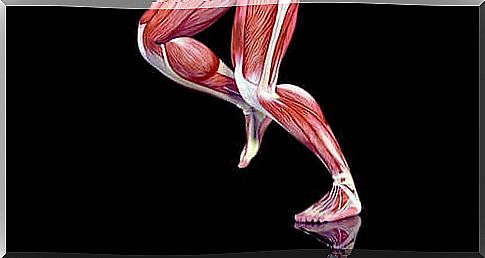
Trigger points can be located in almost any muscle in the body.
What are the symptoms of trigger points?
Trigger points are found all over the body and almost all muscles. However, there are areas more prone to myofascial pain. Among them are:
- Neck muscles
- Shoulder girdle: area of the trapezius muscle
- Pelvic girdle: the pelvic area
- Chewing muscles
Symptoms of trigger point stimulation are primarily pain and contracture. Muscle tone increases and the fibers tighten, shortening the overall size of the affected muscle.
This leads to weakness and a reduction in strength, as well as less tolerance to exercise. People with myofascial syndrome complain that they are unable to complete their exercises in a gym, for example, or that they have to take long walks away.
In terms of an active trigger point, pain is spontaneous and does not need to be pressured to trigger symptoms. On the other hand, hidden points are those that respond only to external stimuli.
If the patient has facial muscles, it is associated with symptoms related to the auditory system, such as dizziness, vertigo and ringing in the ears. The most serious cases include spontaneous fainting and vomiting.
How are trigger points treated?
Fortunately, trigger points can disappear without the need for treatment, as long as adequate rest is given and the root causes are eliminated. Of course, this does not always happen, and sometimes it is necessary to undergo a certain type of treatment.
There are different techniques for removing trigger points, some invasive and others based on general measures. Among the non-invasive methods we can distinguish:
- Spot emphasis.
- Decontracting massage.
- Isometric relaxation.
- Cryotherapy: applying local cold.
Severe cases may require more drastic and invasive measures, such as dry needle puncture, electrotherapy, or infiltration. Ultrasound is also used, with good results.
The use of prolotherapy has gained popularity in myofascial therapy. It consists in the application of irritating substances directly to the affected tendons and tissues. The primary goal is to restore lost mobility.

Chronic trigger point pain has a variety of treatment options. Massage techniques and infiltration can be used.
Myofascial syndrome is chronic and requires observation
In the long list of possible differential diagnoses, it is imperative to consult your doctor in order to prepare the next steps. At the same time, it will be very important to modify habits or behaviors that perpetuate incorrect attitudes.
While it is true that trigger points may go away on their own, myofascial pain syndromes need to be treated to avoid chronicity. Therefore, regular consultations with a doctor will always be advisable.

